This website uses a variety of cookies, which you consent to if you continue to use this site. You can read our Privacy Policy for
details about how these cookies are used, and to grant or withdraw your consent for certain types of cookies.
Category - Trapezoidal Flumes
Blog

Tranquilizer Racks for Controlling Flume Approach Velocities
In cases where the flow stream is clean and clear of fibrous / sanitary / large solids, Tranquilizer Racks can be used to slow the flow stream prior to it entering the flume. Typically used in rows of two or more, Tranquilizer Racks serve to break up the flow stream –…
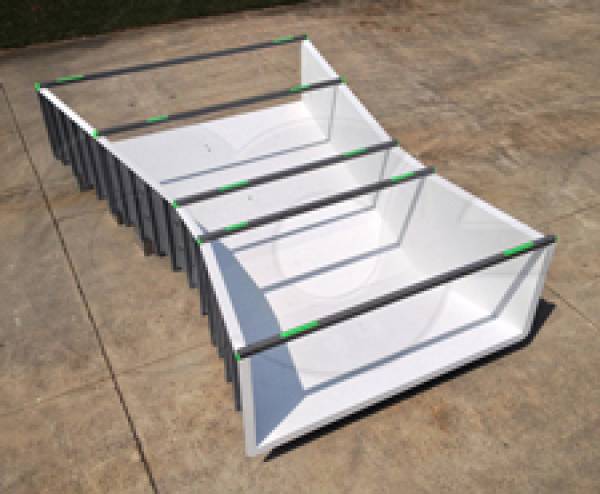
Case Study - Mill Creek 120-Inch Parshall Flume
Customer - SJ Louis Construction of Texas Designed by Black & Veatch of Kansas City, MO, the Mill Creek Regional - Effluent Tunnel project in Shawnee, Kansas is designed to eliminate the risk of sewage spills into the Kansas river during heavy rains. A key element of the…
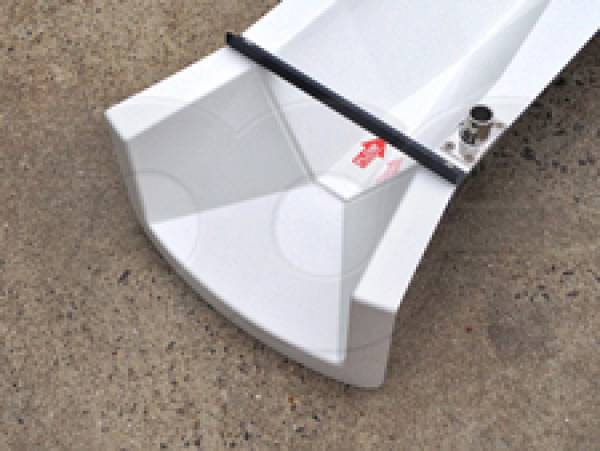
Staged End Adapters for Manhole Flumes
One of the problems contractors often face when installing a flume in a concrete manhole is forming the transitions into / out of the flume. Done poorly and the result is a flume that either experiences turbulence or submergence – both which will seriously compromise…
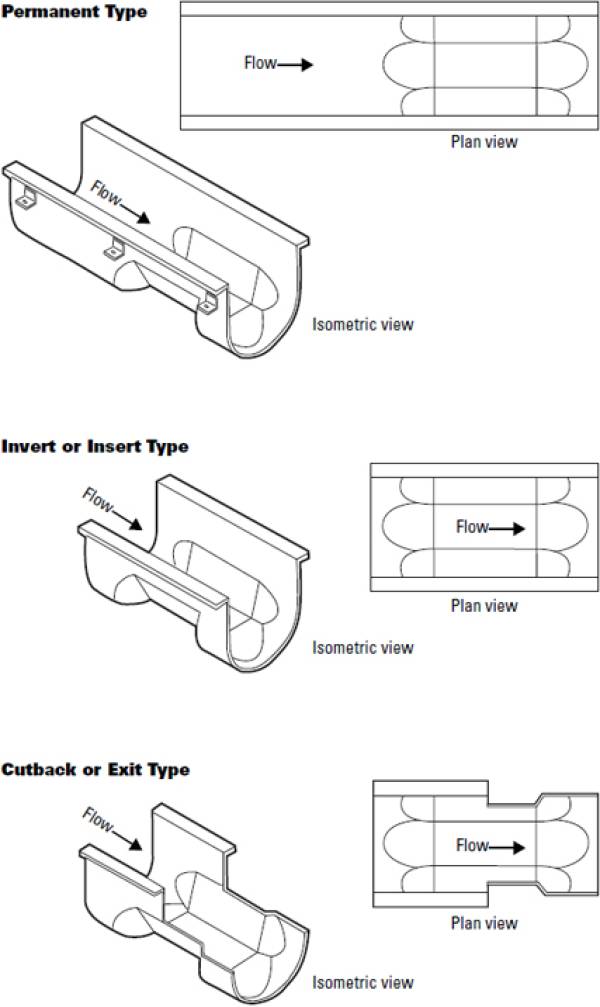
The Problem with Insert Style Palmer-Bowluls Flumes
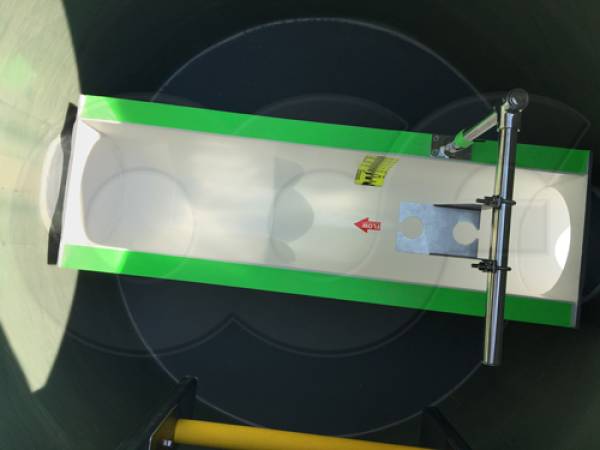
Installing a Flume in an Existing Metering Manhole

USAID | Haiti - Irrigation and Water Management Training
In March 2014, Feed the Future West / WINNER organized a training for farmers in the Cul-de-Sace plain of Haiti on the use of irrigation canals with floodgates, flow measurement, flow calculation methods, and other irrigation techniques.
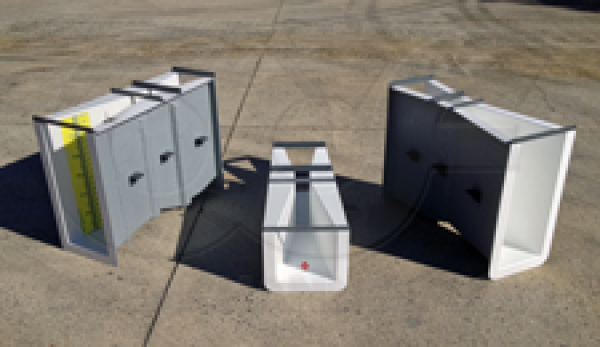
Fiberglass Parshall Flumes
Openchannelflow manufactures fiberglass Parshall flumes in sizes from 1 inch to 12 feet. Constructed of premium isophthalic polyester resin, Openchannelflow’s Parshall flumes conform to ASTM D1941-91, ISO 9826:1992, JIS B7553, and the Bureau of Reclamation’s…
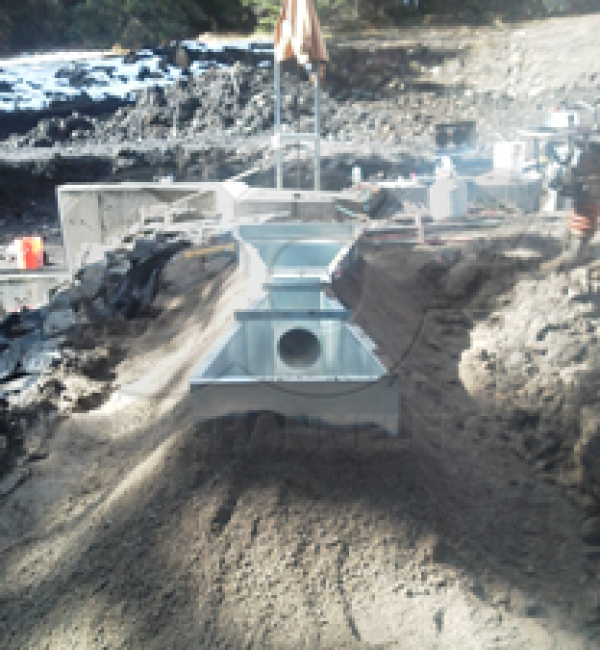
Visual Guide to Installing a Flume
Putting a flume in really isn't that hard. You can really break down it down into five steps:
Orienting the flume
Siting the flume
Securing the flume
Cribbing the flume
Backfilling

Reduced Height Flumes
Reduced height flumes provide a convenient solution to applications where the anticipated flows at a site do not warrant a large flume, but where the flow channel is wider than can otherwise easily / economically accommodate a smaller flume. Commonly found in water rights…

Typical Flume Installation
Unless you use or put in flumes for a living, you may not be familiar with the layout of a typical flume installation.
The components of most flume installations are: the flume (naturally), the sensor, and the flow meter.
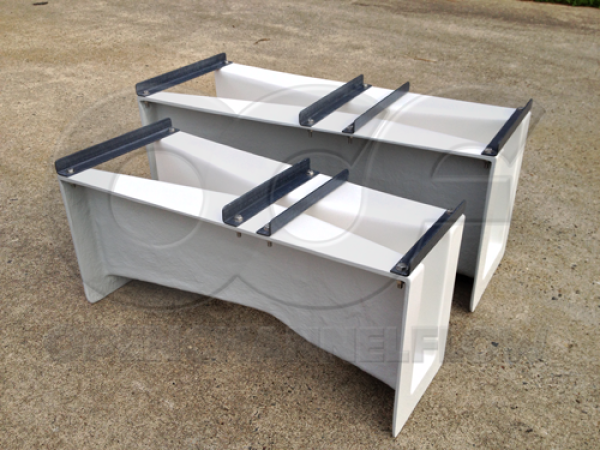
Gallery: Fiberglass Parshall Flumes
We've collected a series of photos exclusively showing fiberglass Parshall flumes in a variety of different sizes. We're visual people and prefer pictures over words.
We hope you do to!
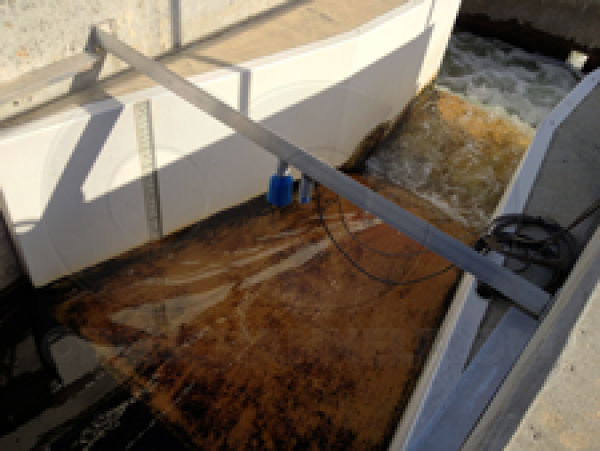
What Does a Submerged Flume Look Like?
When investigating a flume’s operation, one thing to look for is the presence of submergence. Certain visual clues can help an operator to make informed assumptions regarding a flume’s performance. Remember that submergence doesn’t only occur at higher…

LOCATIONS IN ATLANTA, GA & BOISE, ID

